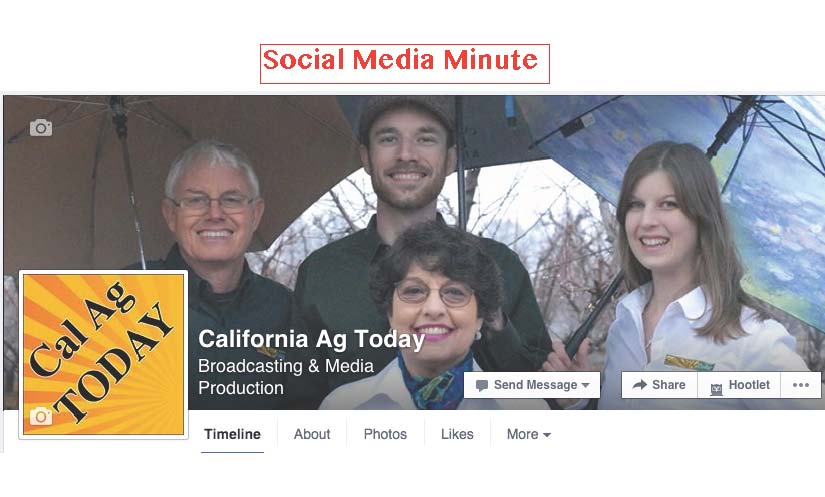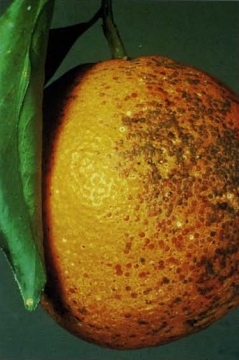Valley’s Gold Prepares for Fourth Season
Valley’s Gold Prepares for Fourth Season
By Charmayne Hefley, Associate Editor

Currently in the midst of season three, Valley’s Gold, a weekly television series focusing on agriculture in the Central Valley, is scheduled to continue for a fourth season.
Ryan Jacobsen, the series’ host and Fresno County Farm Bureau CEO, is surprised but pleased by the show’s success. “I guess, just by the blessings of being able to do what we do and show this incredible industry, it’s resonating with folks,” Jacobsen said. “They love the show and the opportunities this show has given us to be able to show how our food is produced—not the romanticized view—but the view of truly how it’s done and the people who come together to make this industry drive. It’s just been a phenomenal opportunity to share Ag’s story.”
Jacobsen said California’s diversity has allowed the show, brought to viewers by Fresno County Farm Bureau and ValleyPBS, to continue with consistent, original content. “You would think after that many seasons we would run out of crops,” Jacobsen said, “but because of this phenomenal Valley and this phenomenal state, we’re finding more and more stories. The more we dig, the more we find and the more we’re able to share the wealth of what we produce here.”
Sponsored by GAR Tootelian, BRANDT and Meyers Water Bank, the show airs on Wednesdays at 7pm PST and is re-broadcasted on the weekends, Saturday at 6:30pm and Sunday at 10:30am.




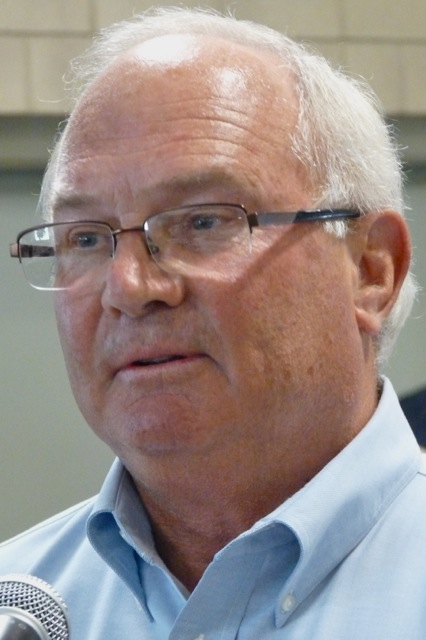

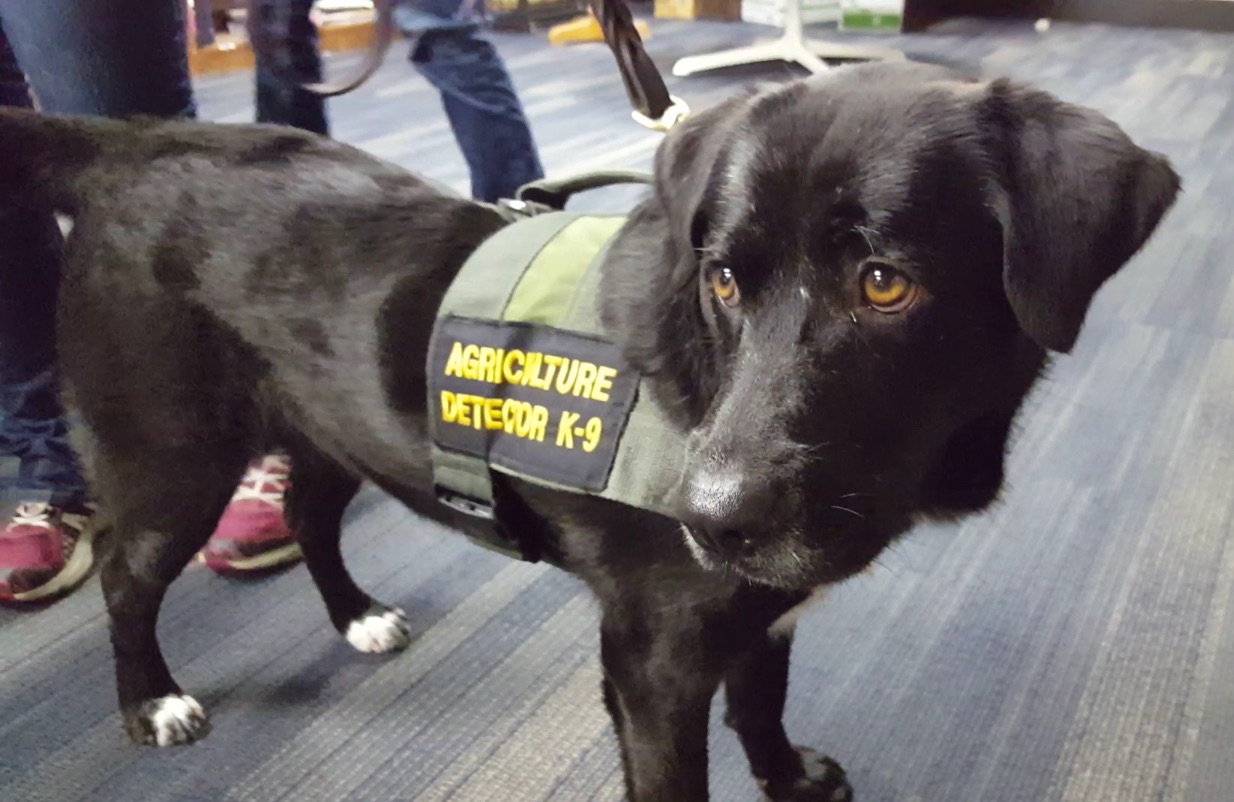

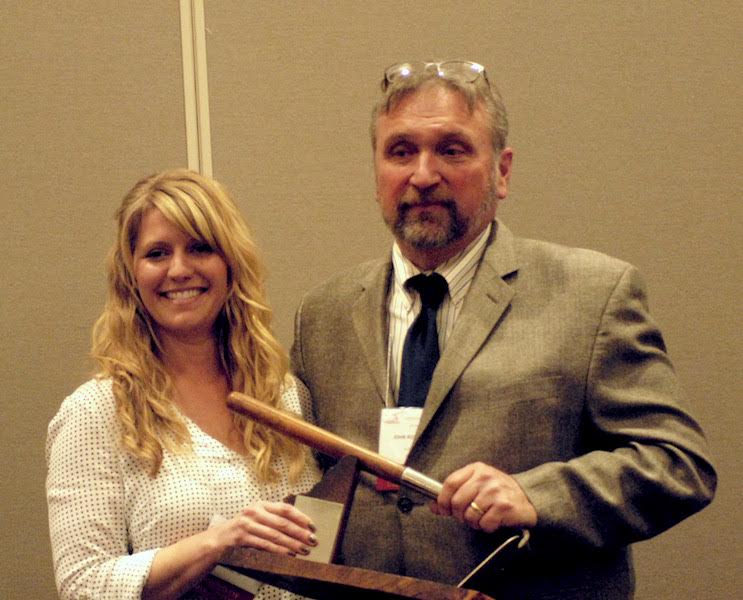
 Roncoroni suspects that rain pushed people to attend, “because
Roncoroni suspects that rain pushed people to attend, “because

